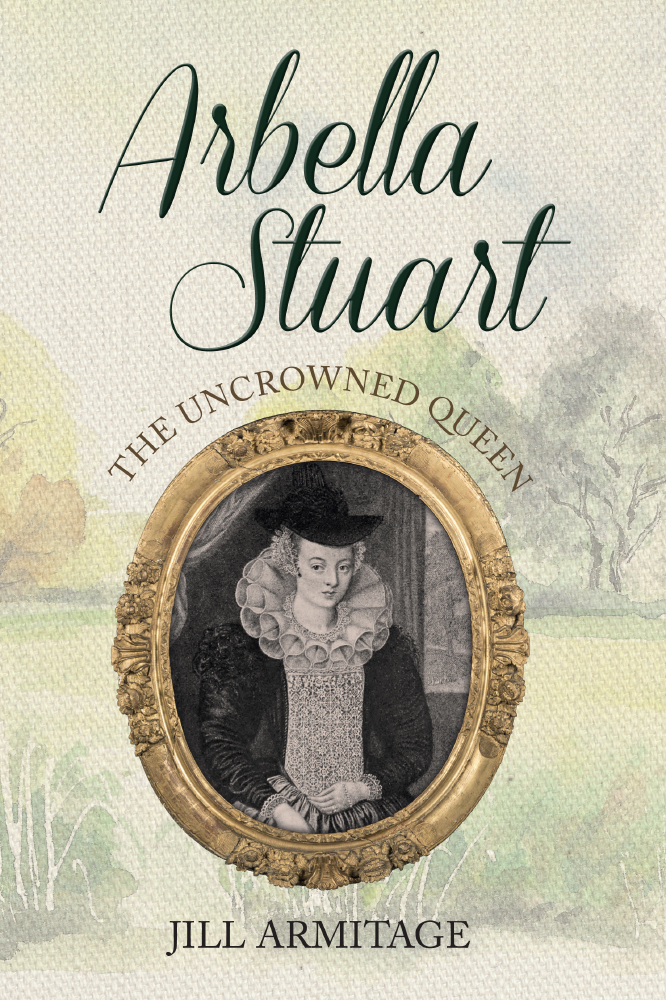As a child, my mother used to tell me fairy tales, and being brought up in the shadow of Hardwick Hall we had our own version of the fairy tale Rapunzel. My vivid imagination was fed by the plight of the orphaned Princess Arbella locked away in her glass tower by her wicked grandmother on the instructions of the jealous queen. When no handsome prince came to rescue her, she made her own bid for freedom, married the man of her choice and lived happily ever after. That’s how this perennially popular story should have ended but unlike most fairy tales, the story of Arbella didn’t have a happy ending.

Jill Armitage
Taking the name Arbella from my childhood memories and turning it into a book has been a labour of love for me, but making it more mainstream meant I had to drop the fairy tale. In so doing, I turned into a slightly piqued social commentator peppering history’s narrative with a few opinions and observations of my own. I often found myself raging against the injustices that shaped Arbella’s story and none more so than that she was thwarted at every turn by the simple fact she’d been born a woman.
An orphan of royal blood, Arbella was a princess in all but name. Her ‘wicked’ grandmother was the redoubtable Countess of Shrewsbury, better known as Bess of Hardwick who had built the impressive Hardwick Hall. There’s a local chant – ‘Hardwick Hall, more Glass than Wall’, and this was where Arbella was imprisoned in her glass tower. She was incarcerated on the instructions of the jealous queen, because she had dared to fall for the charms of her favourite, Robert Devereux, Earl of Essex.
Queen Elizabeth would have no rivals; but Arbella was useful to the aging queen, to be offered as a sweetener to potentially dangerous neighbours. She had to be kept securely until the queen or the Privy Council summoned her to court, but as the years passed and no summons came, the twenty-seven-year old Arbella decided to take action, planning a marriage between herself and Edward Seymour, grandson of the Earl of Hertford and also a claimant to the English throne. Suspecting a Catholic plot, the Privy Council had Arbella placed under house arrest, but the timing was all wrong. The queen was dying and secret negotiations were taking place to put her cousin James of Scotland on the English throne. The Tudor age had ended, a new Stuart age was about to begin, and Arbella Stuart was to be part of it. She was invited to join the royal court but she hated the sybaritic lifestyle almost as much as she had hated the isolation at Hardwick. It was not until her life was touched by scandal that she rebelled.
Inexperienced and alone, she proposed marriage to William Seymour, a man twelve years her junior. This infuriated James VI who ordered their arrests and despite a brave attempt to escape to France in disguise, Arbella was caught, re-imprisoned and starved herself to death in the notorious Tower of London.


